Addressing Common Issues in VR Airplane Simulators: Solutions for Improved Experiences
Table of Contents
- Understanding the Key Challenges in VR Airplane Simulation Experiences
- Enhancing Realism: Hardware and Software Adaptations for VR Simulators
- User Comfort and Motion Sickness: Finding Effective Solutions
- Improving Accessibility and Learning Curves for New Users in VR Flight Simulators
- Integrating Advanced Feedback Mechanisms for a More Immersive Experience
- FAQS
- Conclusion
- Related Posts
The evolution of VR technology has significantly transformed the landscape of aviation training and entertainment. According to a report by MarketsandMarkets, the virtual reality market in aviation is expected to reach USD 11.5 billion by 2025, growing at a CAGR of 14.1% from 2020. This rapid growth is largely driven by the advancement of tools like VR Airplane Simulators which provide immersive training experiences compared to traditional methods. However, users often encounter common issues such as motion sickness, hardware limitations, and lack of realistic scenarios, which can hinder the overall experience. At Guangzhou Longcheng Electronic Co., Ltd., VART VR, a pioneering VR simulator manufacturer in China, we are committed to addressing these challenges. Our extensive experience and expertise allow us to offer tailored solutions, ensuring that our VR Airplane Simulators deliver enhanced realism and user satisfaction, paving the way for a more effective training environment in aviation.
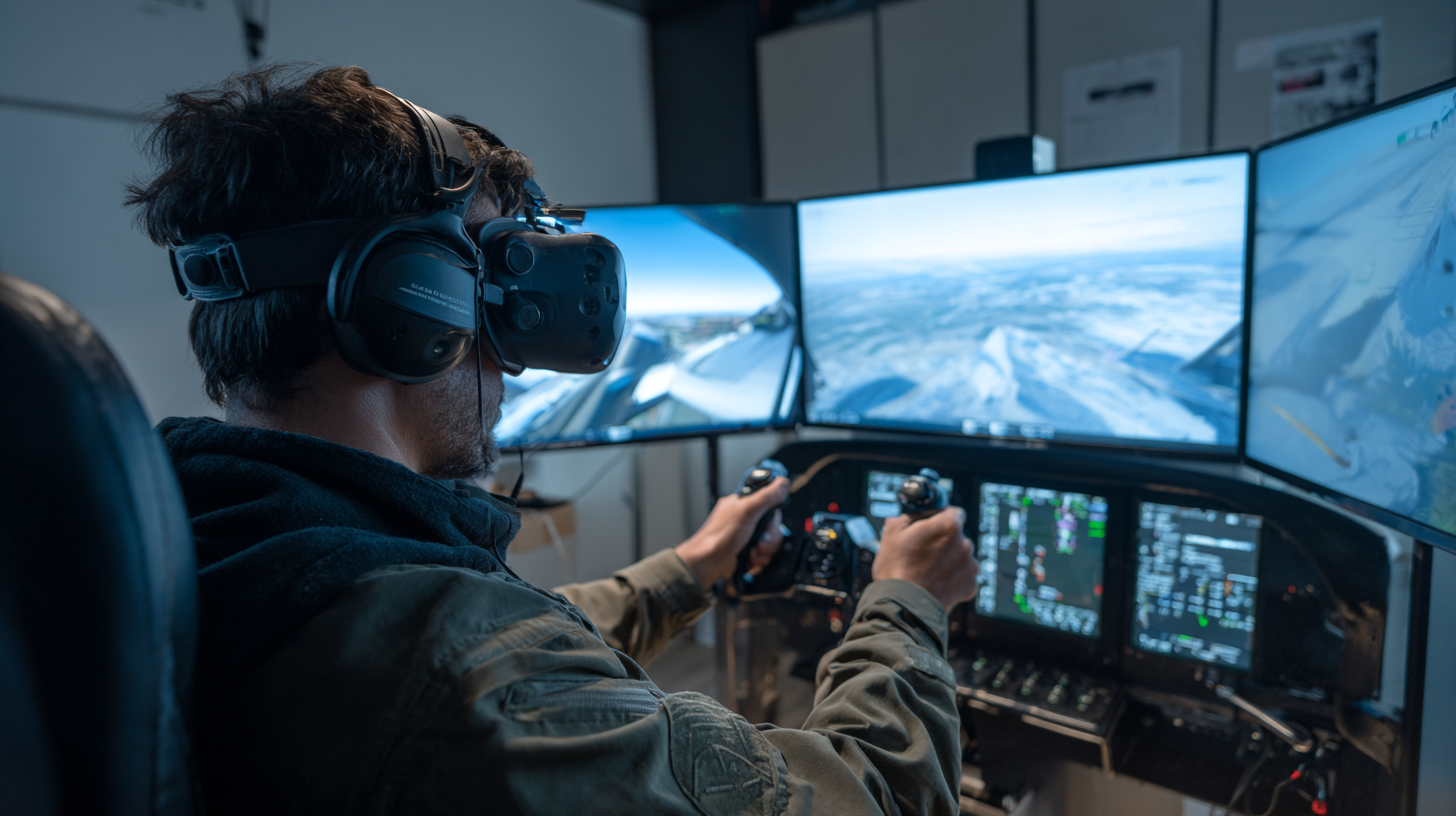
Understanding the Key Challenges in VR Airplane Simulation Experiences
Virtual reality (VR) airplane simulations have become increasingly popular, yet several key challenges remain that can hinder the overall experience. One major issue is the technical limitations of current VR hardware, which can lead to performance lags and immersion breaks. Users often encounter motion sickness due to discrepancies in motion tracking, making it essential for developers to optimize their systems for smoother operation. Implementing better frame rates and reducing latency can significantly enhance user experience.
To address these challenges, here are a few tips for developers and users alike. Firstly, developers should prioritize optimization techniques, such as adjusting textures and enhancing audio cues, to create a more engaging and seamless environment. Secondly, users should ensure they have the latest firmware updates for their VR headsets, as manufacturers often release patches that improve compatibility and performance. Lastly, integrating comfort features, such as customizable control schemes and user-friendly interfaces, can cater to a wider user base and ensure a more enjoyable simulation experience.
As the VR airplane simulator market continues to expand, understanding and addressing these common issues will be crucial for creating a compelling and immersive learning environment.
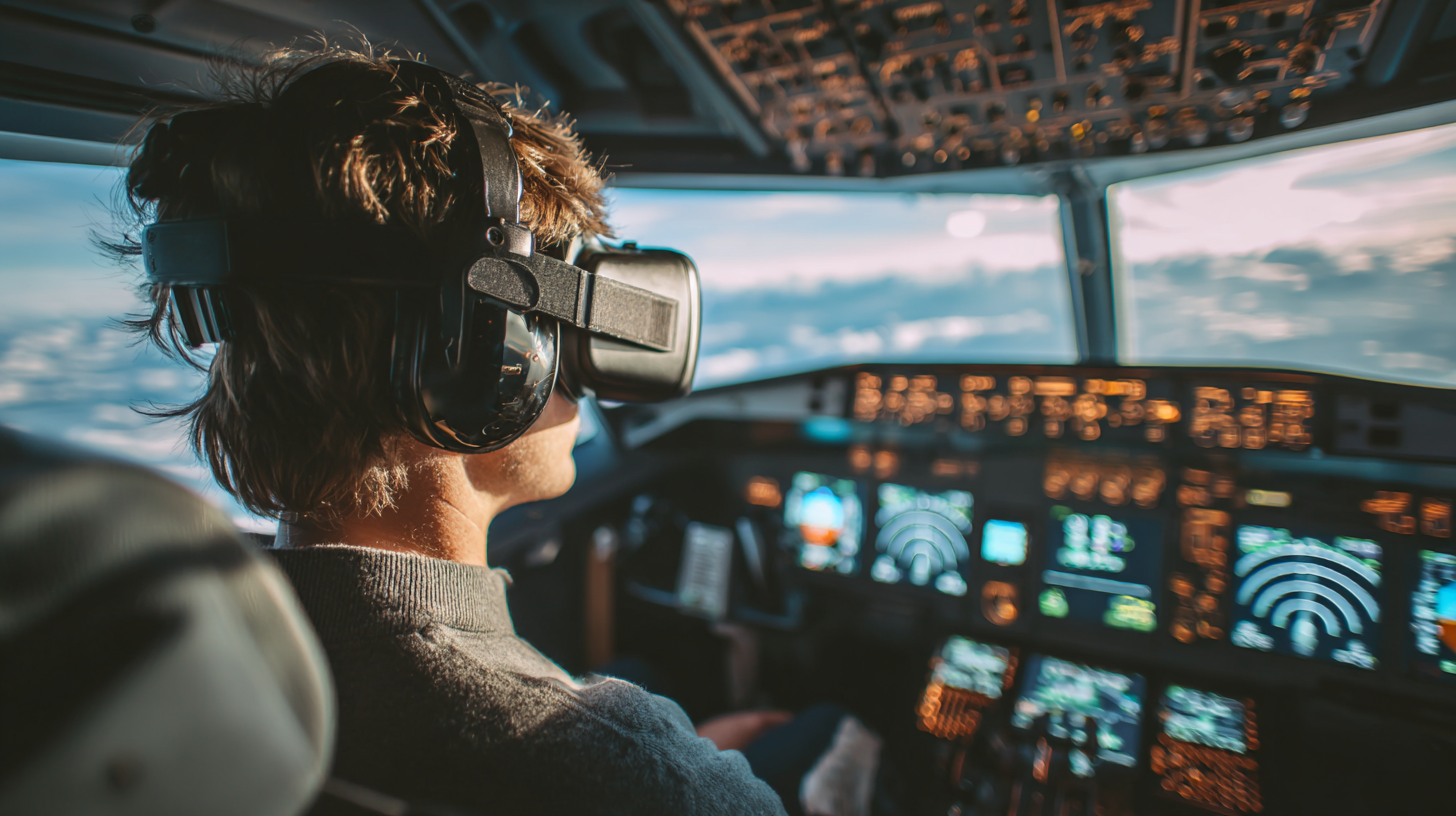
Enhancing Realism: Hardware and Software Adaptations for VR Simulators
The rapid growth of the VR simulator market is driving innovations that enhance realism through hardware and software adaptations. As the global simulation software market is projected to soar from $150 billion in 2025 to $336.2 billion by 2032, the demand for immersive experiences in fields such as aviation is greater than ever. Integrating advanced technologies, including high-fidelity graphics and real-time environmental interactions, plays a crucial role in creating lifelike simulations that engage users comprehensively.
Enhancing the realism of VR airplane simulators also hinges on the optimization of existing equipment. By fine-tuning virtual cockpits and improving haptic feedback systems, developers can offer an unparalleled experience that closely mirrors actual flying conditions. Collaborating with experts from various fields, such as aerospace engineering and human-computer interaction, further supports the development of next-gen simulating systems that cater to both training pilots and providing entertainment for aviation enthusiasts.
Addressing Common Issues in VR Airplane Simulators: Solutions for Improved Experiences
| Issue | Description | Proposed Solution |
|---|---|---|
| Motion Sickness | Users often experience nausea due to the discrepancy between perceived and actual motion. | Implement smoother frame rates and introduce a comfort mode that limits movement speed. |
| Resolution and Clarity | Low resolution can lead to a lack of detail, undermining realism. | Use high-resolution displays and provide settings for users to adjust graphical fidelity. |
| Controller Lag | Latency in controller response can disrupt immersion and user experience. | Enhance tracking technology and minimize latency through software optimizations. |
| Limited Interactivity | Users may feel that they cannot fully interact with the environment. | Incorporate physics-based interactions and more interactive cockpit elements. |
| Social Isolation | VR can lead to feelings of isolation, making it less appealing for shared experiences. | Develop multi-user environments that allow for collaborative flying and training. |
User Comfort and Motion Sickness: Finding Effective Solutions
User comfort and the pervasive issue of motion sickness in VR airplane simulators are critical factors affecting user experience. Recent research indicates that nearly 70% of users experience some form of motion sickness when engaging with VR environments, reflecting a significant challenge for developers. Solutions must not only address the physiological responses to VR but also create immersive environments that minimize discomfort. A systematic review of current strategies for reducing cybersickness in head-mounted displays highlights the importance of adaptive technologies and personalized motion sickness models that can effectively predict and cater to individual sensitivities.
Innovative approaches such as sound therapy have shown promising results in mitigating these adverse effects. Research indicates that exposure to specific sound frequencies can significantly reduce symptoms of motion sickness, achieving relief without the need for medication. Furthermore, the introduction of features that provide motion cues aims to help users adapt their sensory perception to better align with the virtual experience. As the landscape of VR technology evolves, it is essential to integrate these findings to create more comfortable and enjoyable experiences for users, especially in simulations that demand high levels of engagement, such as flying.
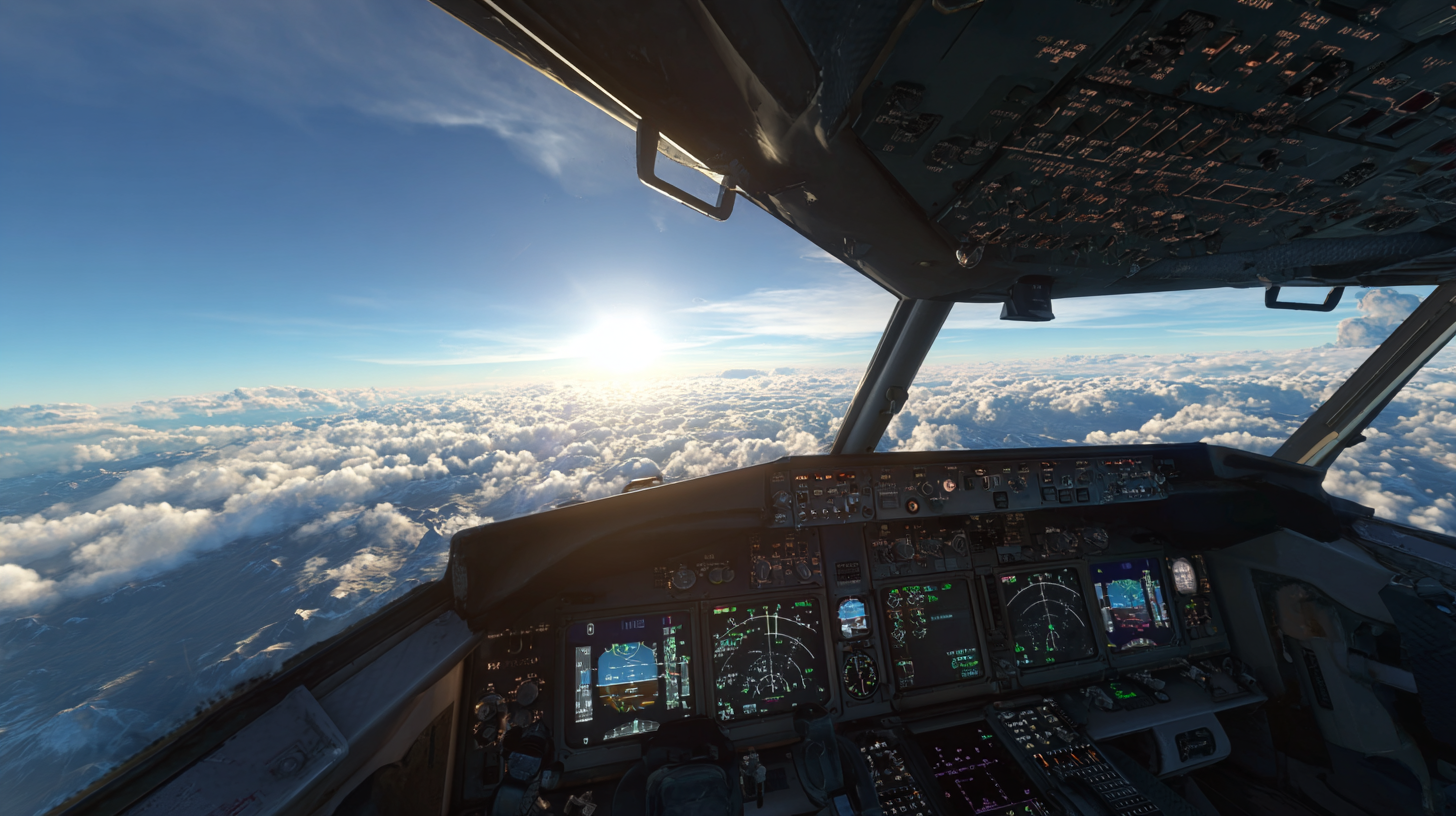
Improving Accessibility and Learning Curves for New Users in VR Flight Simulators
With the rising popularity of virtual reality (VR) flight simulators, ensuring accessibility and easing the learning curve for new users have become crucial. One of the common challenges faced by beginners is the overwhelming complexity of controls and interfaces. Simplifying these elements can enhance user experience significantly. A streamlined setup process, coupled with intuitive tutorials, allows new users to engage with the simulator without feeling daunted.
Tip: Focus on a guided onboarding process that gradually introduces users to the most basic features before advancing to more complex functionalities. For example, start with simple takeoffs and landings to help users build confidence.
Furthermore, making VR simulators more accessible can involve incorporating adjustable difficulty levels and customizable settings. This flexibility enables users of varying skill levels to tailor the experience to their needs, fostering a more inclusive environment.
Tip: Consider implementing voice commands or gesture controls to accommodate different physical abilities. This can be especially beneficial for users who may struggle with traditional controllers or keyboards.
Integrating Advanced Feedback Mechanisms for a More Immersive Experience
In the realm of VR airplane simulators, the integration of advanced feedback mechanisms is paramount to creating a truly immersive experience for users. Traditional feedback methods such as visual and auditory cues have long been employed, but as technology evolves, so too must our approach to enhancing realism. One promising avenue is the incorporation of haptic feedback systems. By providing tactile sensations that mimic the aircraft's movements and environmental interactions, haptic technology allows users to feel the subtleties of turbulence or the sensation of landing gear engaging with the runway, making the flight experience far more engaging.
Moreover, integrating biometric feedback mechanisms can add another layer of immersion. By utilizing heart rate monitors and motion sensors, simulators can adapt dynamically to the user's emotional state, offering a tailored experience that aligns with their stress levels or engagement. For instance, if a player's heart rate increases, the simulator could introduce a more challenging scenario, such as sudden weather changes or unexpected technical failures. This not only elevates the thrill of virtual flying but also promotes skill development and situational awareness, ensuring that users do not just simulate flying but experience the full spectrum of an aviator's challenges.
Addressing Common Issues in VR Airplane Simulators: Feedback Mechanisms
FAQS
: The rapid growth of the VR simulator market is driven by the demand for immersive experiences across various fields, particularly aviation, and the innovations that enhance realism through hardware and software adaptations.
These adaptations enhance VR simulators by integrating advanced technologies such as high-fidelity graphics and real-time environmental interactions, creating lifelike simulations that engage users comprehensively.
Haptic feedback systems provide tactile sensations that mimic aircraft movements and environmental interactions, making the flying experience more engaging by allowing users to feel turbulence and landing gear engagement.
Collaborating with experts in fields like aerospace engineering and human-computer interaction supports the development of advanced simulating systems that cater to training pilots and entertaining aviation enthusiasts.
Biometric feedback mechanisms, such as heart rate monitors and motion sensors, allow simulators to adapt dynamically to a user's emotional state, providing a tailored experience that increases engagement and skill development.
If a user's heart rate increases, VR simulators can introduce more challenging scenarios, like sudden weather changes or technical failures, enhancing the thrill of virtual flying and improving situational awareness.
Conclusion
In the rapidly evolving world of VR Airplane Simulators, addressing common challenges is crucial for enhancing user experiences. This blog explores key issues such as the need for realistic adaptations in both hardware and software, which are essential for creating immersive environments. Additionally, we discuss user comfort and the prevalent problem of motion sickness, emphasizing the importance of effective solutions to enhance overall enjoyment.
Furthermore, accessibility and learning curves pose significant hurdles, especially for new users in VR flight simulators. It is vital to implement strategies that facilitate easier navigation and understanding of the technology. Lastly, integrating advanced feedback mechanisms can significantly boost immersion and user engagement. As a pioneer in VR simulator manufacturing, Guangzhou Longcheng Electronic Co., Ltd. VART is dedicated to innovating and improving these aspects to provide superior VR experiences for our customers.
Related Posts
-
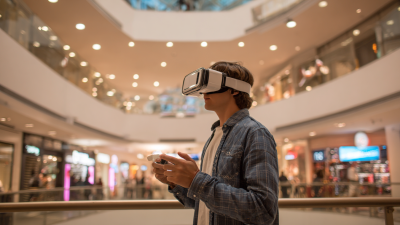
Exploring Challenges Faced by Global Buyers in Integrating Vr Mall Cinema Solutions
-
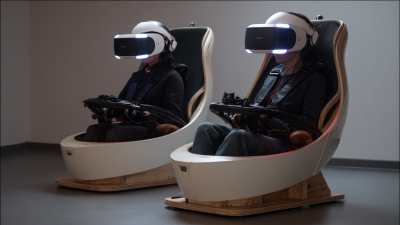
The Future of Immersive Experiences with VR Chairs
-
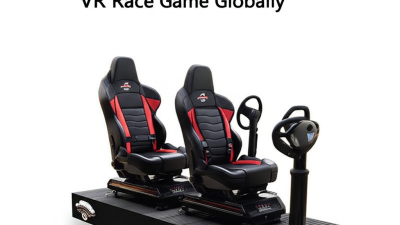
From China's Leading Factory The Trusted Source for the Best VR Race Game Globally
-

Exploring Real World Applications of the Best VR Play Park in Entertainment and Education Industries
-
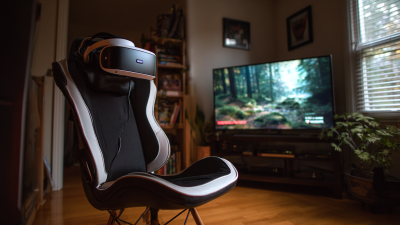
7 Ultimate Tips for Choosing the Best Gaming Chair for VR Experience
-
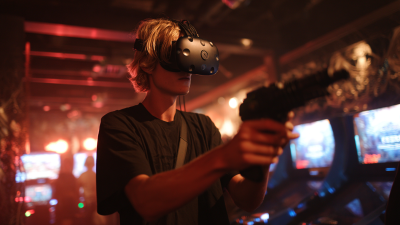
What Makes VR Arcades a Revolutionary Experience in Entertainment

